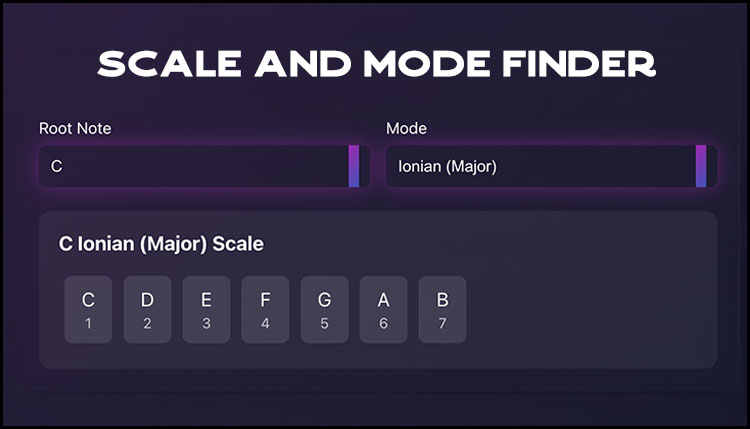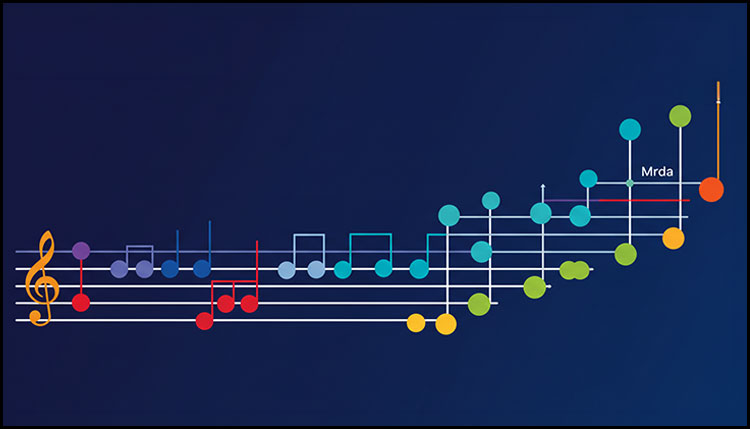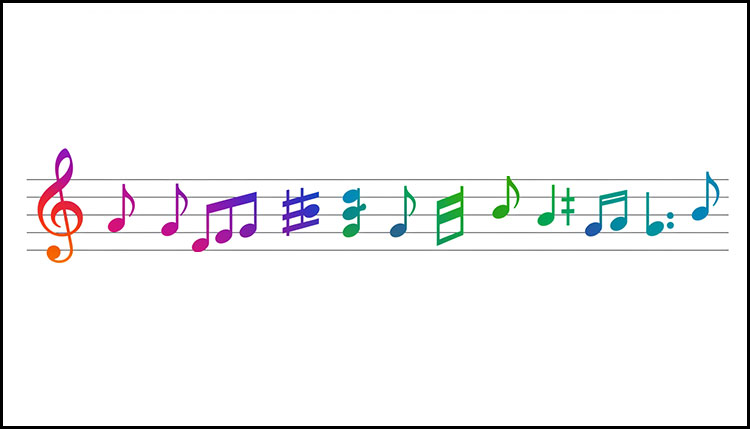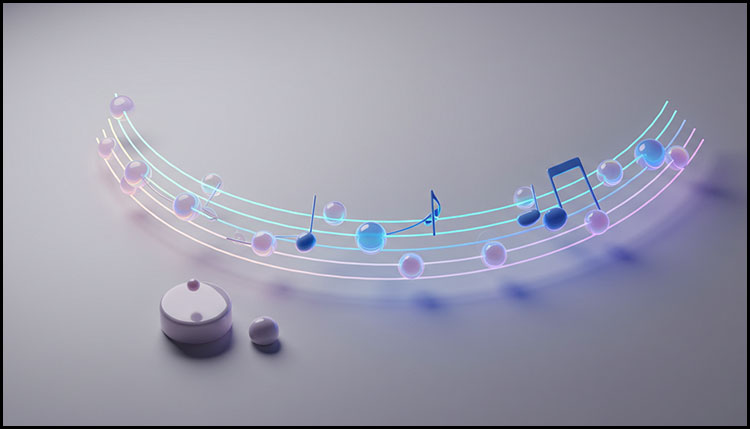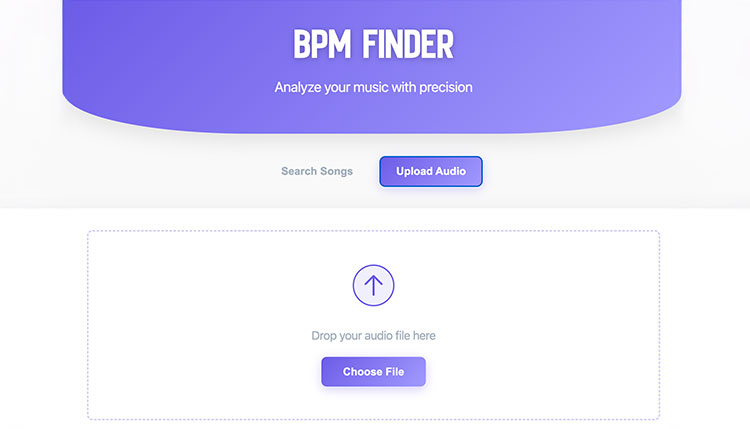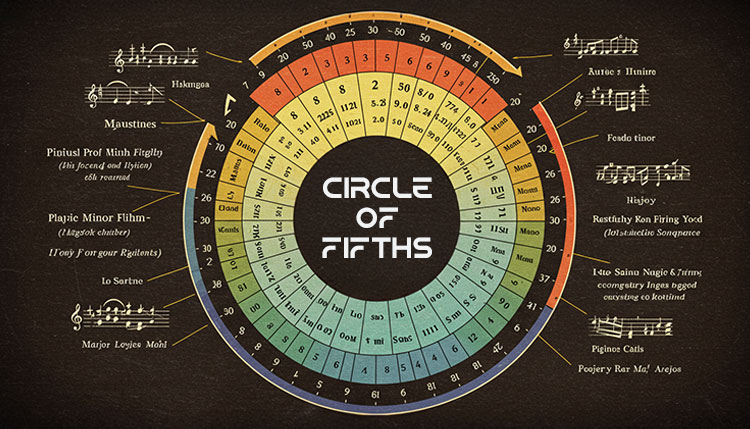Understanding musical scales and modes is essential for any musician’s journey.
Whether you’re writing songs, improvising, or just learning music theory, knowing your scales opens up new creative possibilities.
Let’s explore how a Scale Finder can help you master these fundamental building blocks of music.
Use the Scale Finder
What is a Scale Finder and How Does It Work?
Scale Finder represents a significant advancement in how musicians can learn and work with musical scales and modes.
At its core, the tool employs a simple yet powerful two-step process that demystifies scale construction.
You begin by selecting your root note – this is the fundamental starting point of your scale and determines the key you’ll be working in.
The root note serves as the tonal center around which all other notes will revolve.
Once you’ve chosen your root note, the second step involves selecting from a comprehensive list of modes.
This is where the real magic happens.
Each mode represents a unique pattern of intervals, creating distinct musical flavors and possibilities.
The interface clearly displays these options in a dropdown menu, making it easy to experiment with different modal sounds from your chosen root note.
What sets this tool apart is its clear visual presentation of the results.
When you select a root note and mode, Scale Finder instantly displays the complete scale in two complementary formats.
First, you see the actual note names (C, D, E, etc.), which is invaluable for practical application on your instrument.
Alongside these, you’ll find the scale degrees (1, 2, 3, etc.), which help you understand the theoretical construction of the scale and its relationship to other scales.
The simplicity of this approach belies its educational power.
By showing both the note names and scale degrees simultaneously, Scale Finder helps users build crucial connections between theory and practice.
You can instantly see how changing modes affects the note selection while maintaining the same root, or how selecting a different root transposes the entire scale while preserving the modal character.
This tool particularly excels in its immediacy.
There’s no need for complex calculations or memorization – as soon as you make a selection, the correct notes appear.
This instant feedback loop makes it an invaluable tool for both learning and quick reference during composition or practice sessions.
Understanding Modes in Music
The concept of modes has been a fundamental part of musical theory for centuries, dating back to ancient Greek music theory.
In modern music, modes offer a sophisticated way to create different emotional colors and musical atmospheres from the same basic set of notes.
Understanding modes is like having access to a palette of different musical colors, each with its own unique emotional and tonal characteristics.
Modes are essentially different patterns of whole steps and half steps that begin on each successive note of the major scale.
However, they’re much more than just starting on different notes – each mode has its own unique tonal character and musical personality.
The Scale Finder tool helps illuminate these relationships by showing exactly which notes comprise each mode from any given root note.
Let’s explore each mode in detail:
Ionian (Major Scale):
- The foundation of Western music theory
- Pattern: Whole, Whole, Half, Whole, Whole, Whole, Half
- Character: Bright, stable, resolute
- Common in: Classical music, pop, folk songs
Dorian Mode:
- A minor scale with a raised 6th degree
- Pattern: Whole, Half, Whole, Whole, Whole, Half, Whole
- Character: Minor but with a hint of brightness
- Popular in: Modal jazz, folk music, rock
Phrygian Mode:
- Distinguished by its lowered 2nd degree
- Pattern: Half, Whole, Whole, Whole, Half, Whole, Whole
- Character: Exotic, Spanish-flavored, mysterious
- Used in: Flamenco, metal music, film scores
Lydian Mode:
- Major scale with a raised 4th degree
- Pattern: Whole, Whole, Whole, Half, Whole, Whole, Half
- Character: Dreamy, floating, otherworldly
- Featured in: Film scores, progressive rock, jazz fusion
Mixolydian Mode:
- Major scale with a lowered 7th degree
- Pattern: Whole, Whole, Half, Whole, Whole, Half, Whole
- Character: Bluesy, relaxed major
- Common in: Blues, rock, Celtic music
Aeolian (Natural Minor):
- The natural minor scale
- Pattern: Whole, Half, Whole, Whole, Half, Whole, Whole
- Character: Melancholic, introspective
- Used in: Pop, rock, classical minor key pieces
Locrian Mode:
- The most dissonant of the modes
- Pattern: Half, Whole, Whole, Half, Whole, Whole, Whole
- Character: Unstable, tense, mysterious
- Rare in practice but important theoretically
Understanding these modes is crucial for composition and improvisation, as each one provides a unique tonal palette for musical expression.
Scale Finder makes working with modes accessible by clearly showing the construction of each mode from any root note.
Features of Scale Finder
Scale Finder’s strength lies in its focused approach to scale and mode visualization.
While the interface might appear simple at first glance, this simplicity is intentionally designed to facilitate quick learning and reference.
The tool strips away unnecessary complexity to focus on what matters most: showing you exactly which notes belong to your chosen scale or mode.
The root note selection feature serves as your starting point, allowing you to explore scales beginning on any note of the chromatic scale.
This flexibility is crucial for musicians who need to transpose scales or work in different keys. Whether you’re playing in C, F#, or any other key, Scale Finder provides immediate, accurate note information.
The mode selection interface presents all seven traditional modes in a clear, accessible format:
- Ionian (Major) for traditional major scale work
- Dorian for that minor-but-not-quite-minor sound
- Phrygian for exotic, Spanish-influenced tonalities
- Lydian when you need that raised fourth character
- Mixolydian for dominant seventh territory
- Aeolian (Natural Minor) for traditional minor scale work
- Locrian for advanced theoretical exploration
One of the tool’s most valuable features is its dual display of information.
By showing both note names and scale degrees, it helps users understand:
- The actual notes they’ll be playing
- The theoretical construction of the scale
- How different modes relate to each other
- The interval relationships within each scale
The immediate visual feedback when changing either root note or mode helps users:
- Quickly compare different modal options
- Understand transposition concepts
- Identify common tones between different scales
- Recognize pattern relationships across modes
This instant feedback loop makes Scale Finder an invaluable tool for both learning and quick reference during composition or practice sessions.
The clear, uncluttered interface ensures that users can focus on the musical relationships without getting bogged down in unnecessary complexity.
Practical Applications
The practical applications of Scale Finder extend across multiple areas of musical study and performance.
For composers and songwriters, the tool provides immediate access to modal palettes, helping to break out of conventional major and minor scale patterns.
When you’re stuck in a compositional rut, simply changing modes while keeping the same root note can suggest new melodic and harmonic possibilities.
In educational settings, Scale Finder serves as an excellent teaching tool for several key concepts:
Music Theory Education:
- Demonstrating how modes relate to the parent major scale
- Showing transposition principles in action
- Illustrating interval relationships within scales
- Teaching scale degree functions
Composition Applications:
- Quick reference for available notes in any mode
- Exploration of modal interchange possibilities
- Finding alternative scale choices for melody writing
- Understanding the theoretical basis of key changes
Practice and Performance:
- Verifying scale notes during practice sessions
- Quick reference before or during performance
- Scale degree visualization for understanding melodic functions
- Mode comparison for improvisation preparation
For students of music theory, the tool helps bridge the gap between abstract concepts and practical application.
The simultaneous display of note names and scale degrees reinforces the relationship between theory and practice.
This dual representation helps students:
- Understand scale construction principles
- Recognize interval patterns
- Learn transposition concepts
- Grasp modal relationships
Improvisers can use Scale Finder to:
- Quickly check available notes for soloing
- Compare different modal options over a given root
- Understand the characteristic notes of each mode
- Explore alternative scale choices for common progressions
Scale Finder Wrapup
Scale Finder stands as an essential tool for anyone serious about understanding musical scales and modes.
Its straightforward approach to displaying scale information makes complex musical concepts more accessible and practical.
Whether you’re a student just beginning to explore modes, a teacher explaining scale relationships, or a composer seeking new tonal colors,
Scale Finder provides the information you need in a clear, immediate format.
The tool’s focus on fundamental scale construction and modal relationships helps users build a strong foundation in music theory.
By showing both note names and scale degrees, it bridges the gap between theoretical understanding and practical application.
This dual approach to displaying information makes it easier to:
- Understand how modes relate to each other
- Recognize pattern relationships across different keys
- Grasp the theoretical principles behind scale construction
- Apply modal concepts in practical musical situations
As you continue your musical journey, remember that scales and modes are more than just collections of notes – they’re the building blocks of melody, harmony, and musical expression.
Scale Finder helps demystify these concepts, making them more accessible and applicable to your musical practice.
Whether you’re composing, improvising, teaching, or learning, having quick access to accurate scale information helps you focus on what matters most: making music.
Frequently Asked Questions About Scales
How do I find my scale?
To find a scale using Scale Finder, follow these simple steps:
- First, identify your root note – this is often the note that feels like “home” in your music
- Enter this root note in the Scale Finder’s root note field
- Choose a mode from the dropdown menu (start with Ionian/Major if you’re unsure)
- The tool will show you all the notes in your scale along with their scale degrees
Remember, the most common scales are Major (Ionian) and Minor (Aeolian). If you’re just starting out, these are excellent choices to begin with. The scale you choose often depends on the emotional quality you want to convey – Major scales typically sound bright and happy, while Minor scales tend to sound more melancholic or serious.
How to find the scale of a song?
Finding a song’s scale involves several steps:
- Find the song’s tonal center or “home note” – this is your root note
- Often the first or last note of the melody
- The note that sounds most stable and resolved
- Frequently the bass note in the final chord
- Listen to whether the song feels major or minor
- Major: bright, happy, stable feeling
- Minor: darker, sadder, more tense feeling
- Use Scale Finder with your identified root note
- Try both Major (Ionian) and Minor (Aeolian) modes first
- Check if the notes shown match the ones used in the song
Pro Tip: Most popular songs use either the Major (Ionian) or Minor (Aeolian) scale. If these don’t quite match, try Mixolydian for blues-rock songs or Dorian for minor-key songs with a slightly brighter sound
How to figure out what scale it is?
Identifying a scale requires analyzing its pattern of notes:
- Determine the root note (tonal center)
- List all the notes used in the piece
- Order them from the root note up
- Use Scale Finder to compare this pattern with different modes
- Start with Major (Ionian) or Minor (Aeolian)
- Try other modes if these don’t match exactly
- Look for characteristic notes that define certain modes:
- Lydian has a raised 4th
- Mixolydian has a lowered 7th
- Dorian has a raised 6th compared to natural minor
How do you identify a scale in music?
To identify a scale in written or performed music:
- Find the most important note (the tonal center/root)
- Often emphasized in the melody
- Usually the final note of the piece
- Frequently repeated or held longer
- List all unique notes used
- Organize them in ascending order starting from the root
- Use Scale Finder to compare this pattern with different modes
- Check for these common indicators:
- Key signature (number of sharps or flats)
- Chord progressions (major vs. minor)
- Melodic patterns and resolutions
- Characteristic intervals of specific modes
Remember that many pieces might use notes outside the scale (accidentals) or even change scales (modulation). Focus on the most commonly used notes and the ones that sound most stable to determine the primary scale.
Pro Tip: If you’re working with recorded music, try finding the root note on your instrument first, then use Scale Finder to explore different modes starting from that root note. Compare the notes shown with what you’re hearing in the music.

